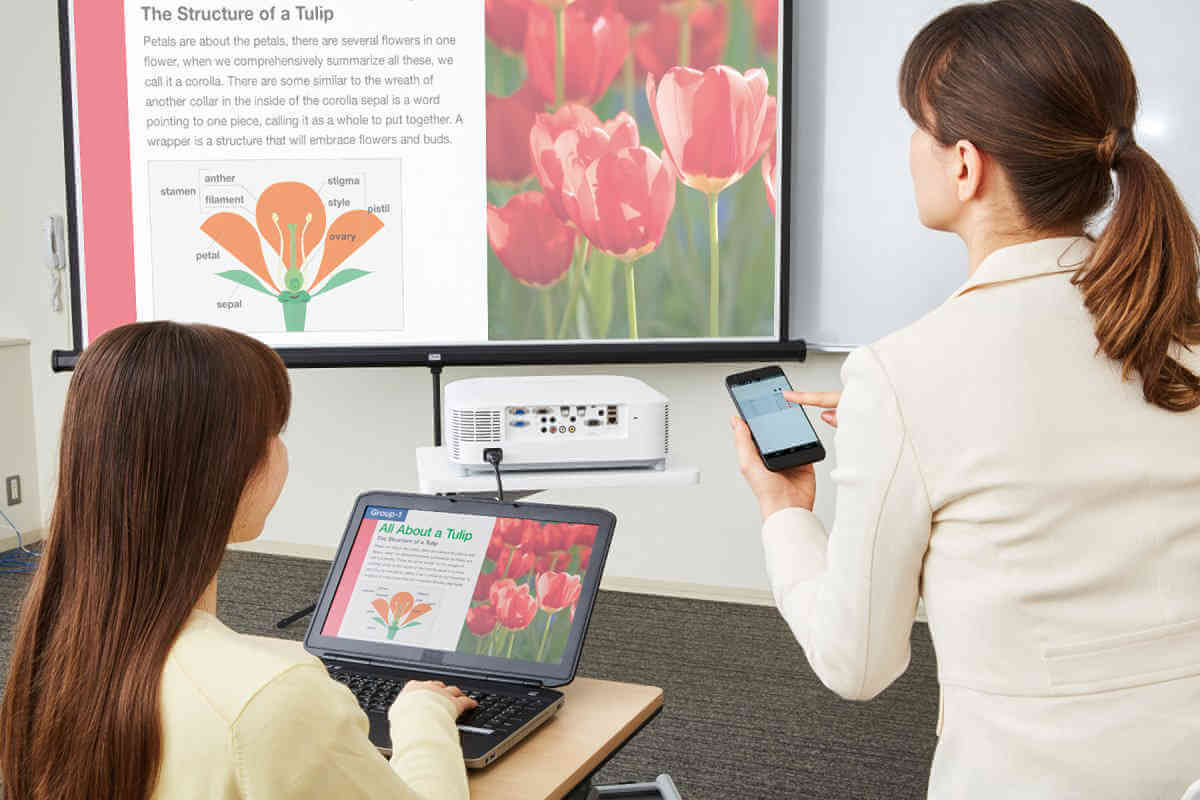(StatePoint) While yesterday’s students once had to rely on the static images found in textbooks and overhead transparencies, today’s students are being treated to a wealth of rich moving imagery with seemingly unlimited interactive potential.
This is good news, as visualized learning can help students better grasp material. Here’s how:
• Like the old saying goes, “a picture’s worth a thousand words.” Visuals have the potential to reduce required reading, helping students absorb information more efficiently and with less fatigue.
• A visual provides a powerful memory that learners can fall back on, which can potentially improve retention of content. This may be especially handy during exams!
• Visual aids can help students identify relationships and patterns.
• The majority of students are visual learners. Incorporating this knowledge into classroom instruction is a practical measure. When a greater percentage of students get the material the first time it’s delivered, teachers ultimately have more time to help everybody else get up to speed.
So exactly how are educators implementing visualized learning in the classroom? Many are turning to the latest models of projectors, which in some cases, offer features that far exceed their predecessors of even just a few years ago. In some cases, it only takes one click to enable teachers and students to delve right in, a valuable benefit, as most time-crunched teachers following a packed curriculum know.
With the Casio XJ-S400 Projector, for example, image projection can be controlled not only from a desktop computer or laptop, but by smartphone or tablet from anywhere in the classroom, giving educators a wider choice of teaching styles. Thanks to features like these, as access to tablets and other personal devices widens, students will not only be able to view interactive material in the palm of their hand but also share what’s on their screen with the entire class.
With this projector model, collaboration and connection are simplified using Casio’s Educational Solutions. Wireless features such as PC Remote and Moderator Function allow teachers to project their own PC display or select a student’s PC display from anywhere in a classroom. Up to 40 PCs can be connected at one time and up to four PCs displayed on-screen simultaneously.
As more schools adopt cutting-edge technologies that embrace visualized learning, students will see the benefits.



























